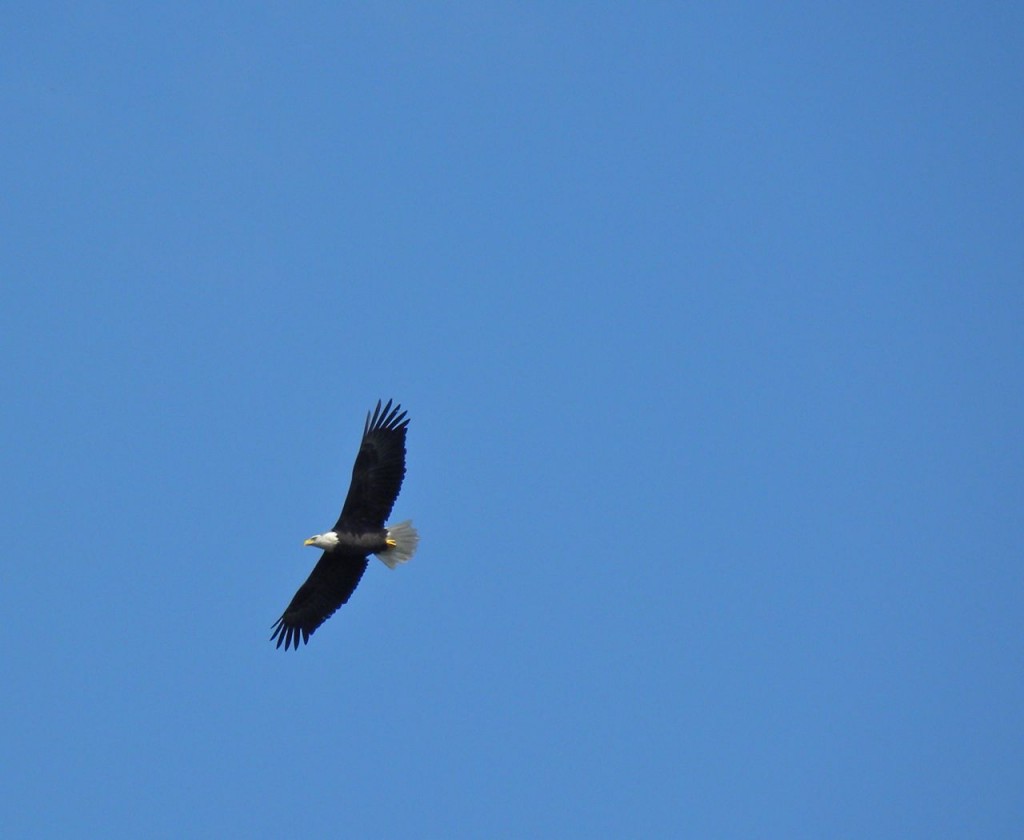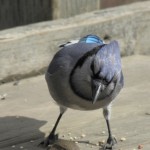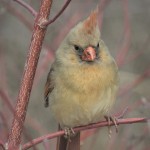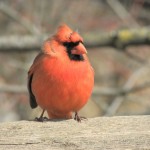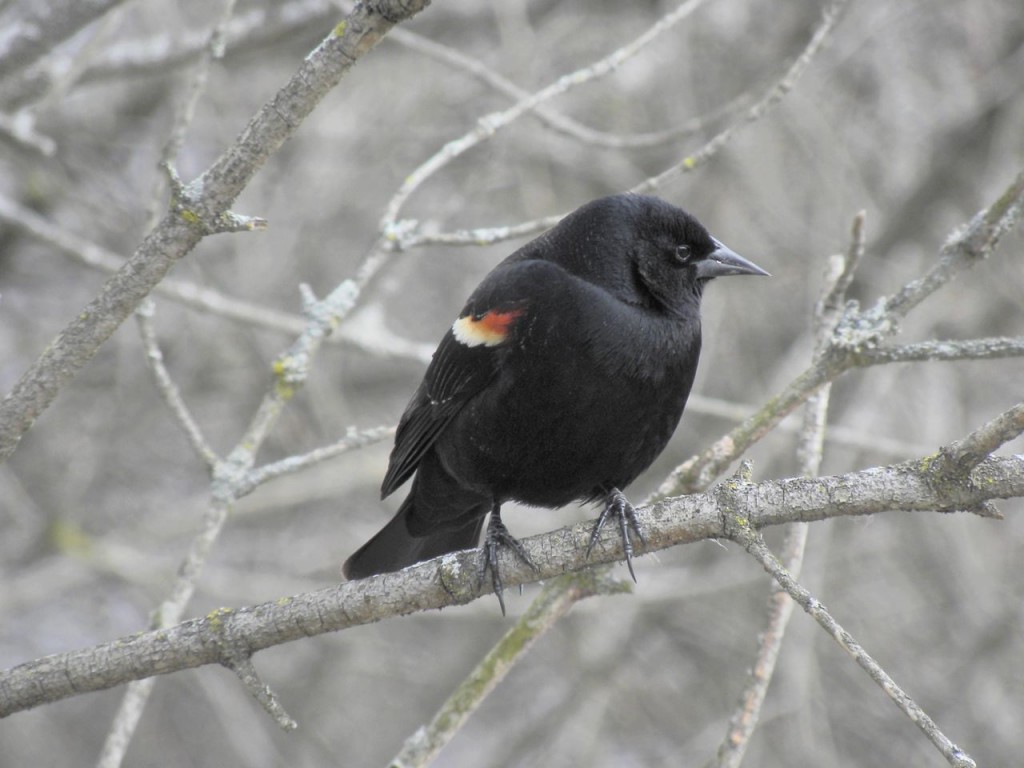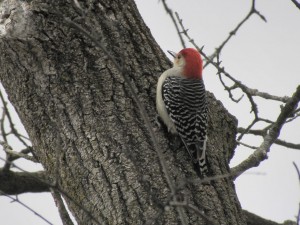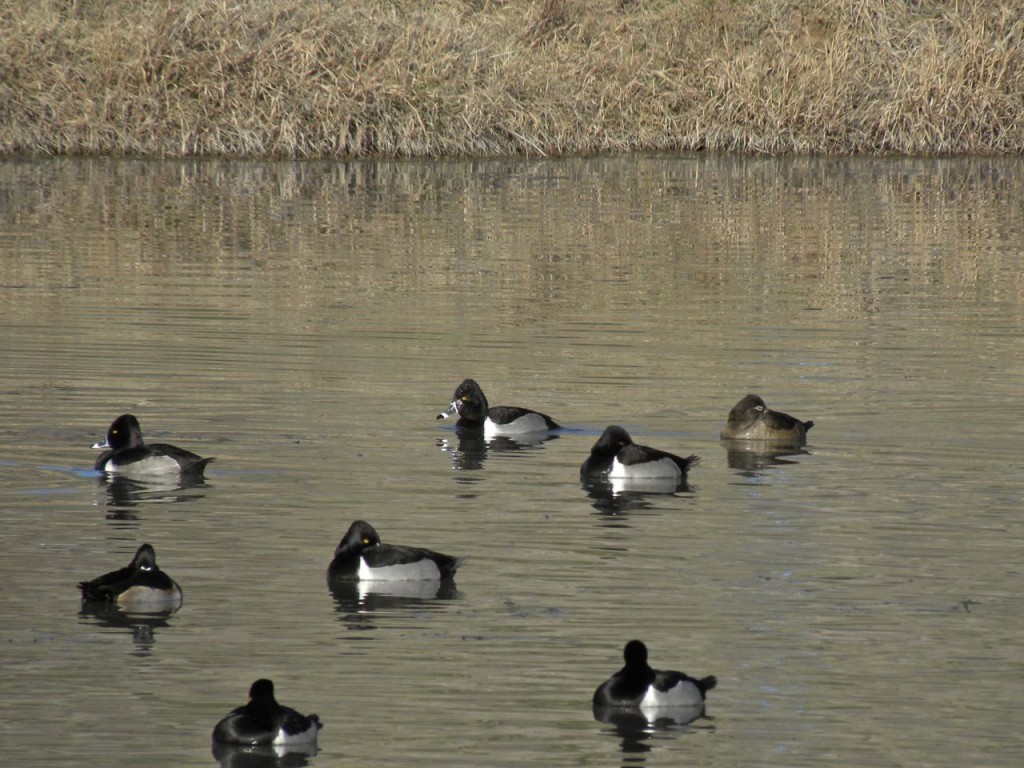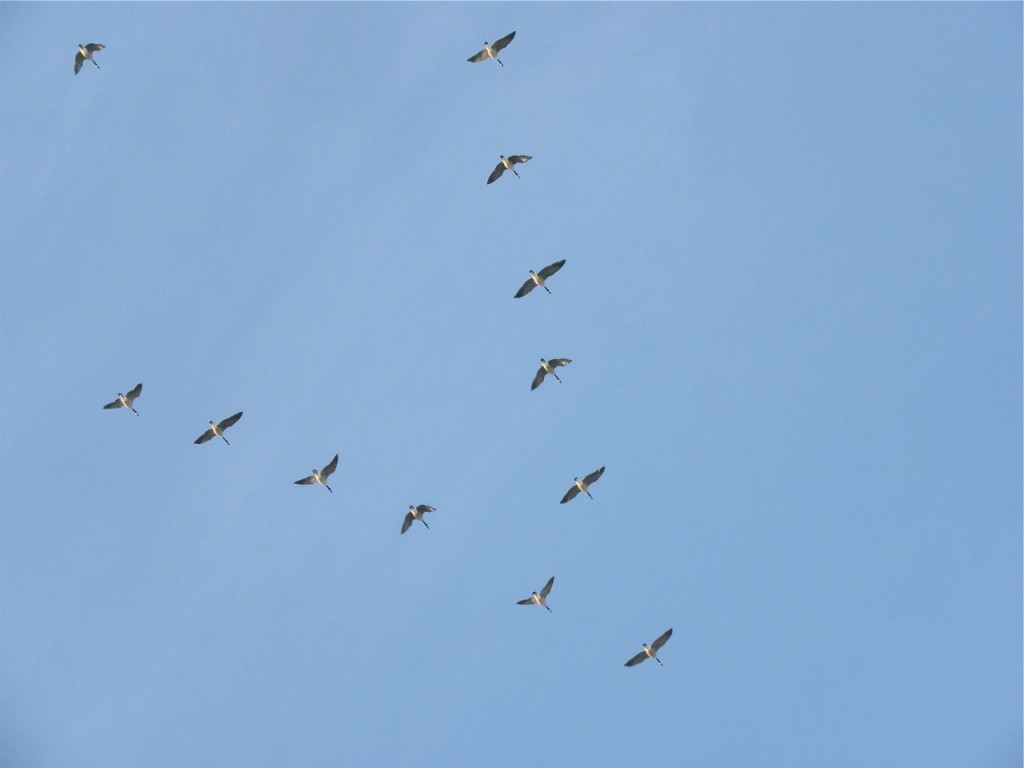31 March 2013. Drumbo ON. and Hamilton ON. I started the day with a teenager-delivery-run, taking our Chilean exchange student to visit a New Zealander friend who is staying some 90 Km. from here. The friend lives on a quiet country road in the heart of Canada’s best dairy farm country, indeed her hosts operate a large and rolling farm where the cows are milked by North America’s first robotic milking system. (Really! As you read this chances are that one of their cows is stepping forward to be milked by a machine; and there’s not a person within a hundred yards!) Having spent some time working on a diary farm I can imagine some of the advantages, I never could find a lot of bucolic calm (or charm) squashed between the flanks of cud-chewing, half-ton manure makers.
Farm country means wide-open spaces and long straight roads, so my expectation of interesting bird life wasn’t very high and in any case there was still plenty of snow around and I was supposed to be driving, not birding. But I’m always looking and the drive produced some nice sightings: a fleeting Horned Lark, a male Northern Harrier plunging for prey unknown, hundreds of Tundra Swans gleening spilled corn from the fields surrounding a large ice-rimmed pond and a couple of Northern Pintails and some Mallards in that same pond.
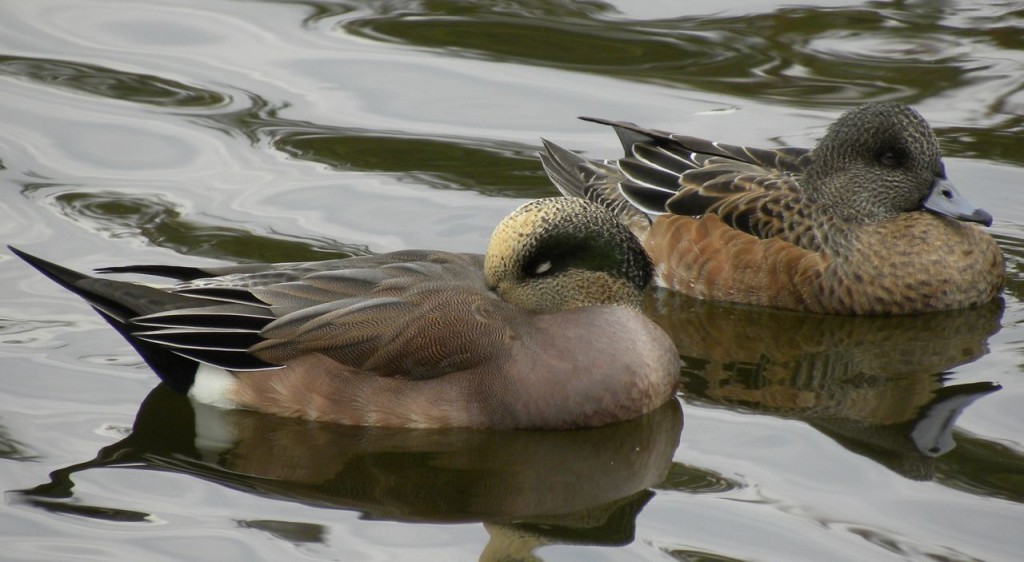
Delivery complete, I hurried home in time to take a turn at the Bald Eagle watch. It was interesting enough on its own, but a pair of American Widgeon puddling around on some nearby mudflats were rather engaging and a constant stream of northbound migrant Turkey Vultures dotted the spring sky. The parent eagles became quite agitated about an immature, perhaps a two-year-old, Bald Eagle that appeared high overhead. It turned into quite a mini-drama when the intruder hung around far too long and far too close, and after some deliberate circling and maneuvering, like dogs greeting each other uncertainly, it was driven off by one of the parent birds.
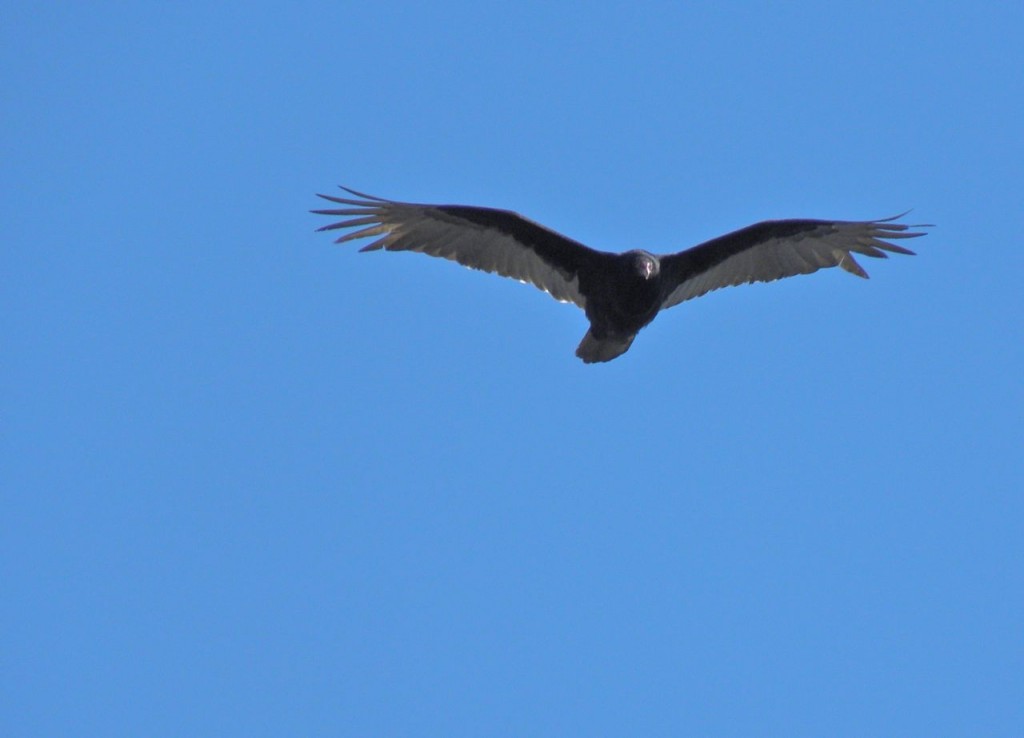
Many of today’s birds had me drawing breath sharply in appreciation, but Bird of the Day among this liberal sprinkling of happy sightings was an unexpected Cooper’s Hawk that came sailing through and soared in tight circles low overhead. It was just nice of it to allow us the time to assess its size and profile, enough to separate it from its smaller lookalike the Sharp-shinned Hawk.
